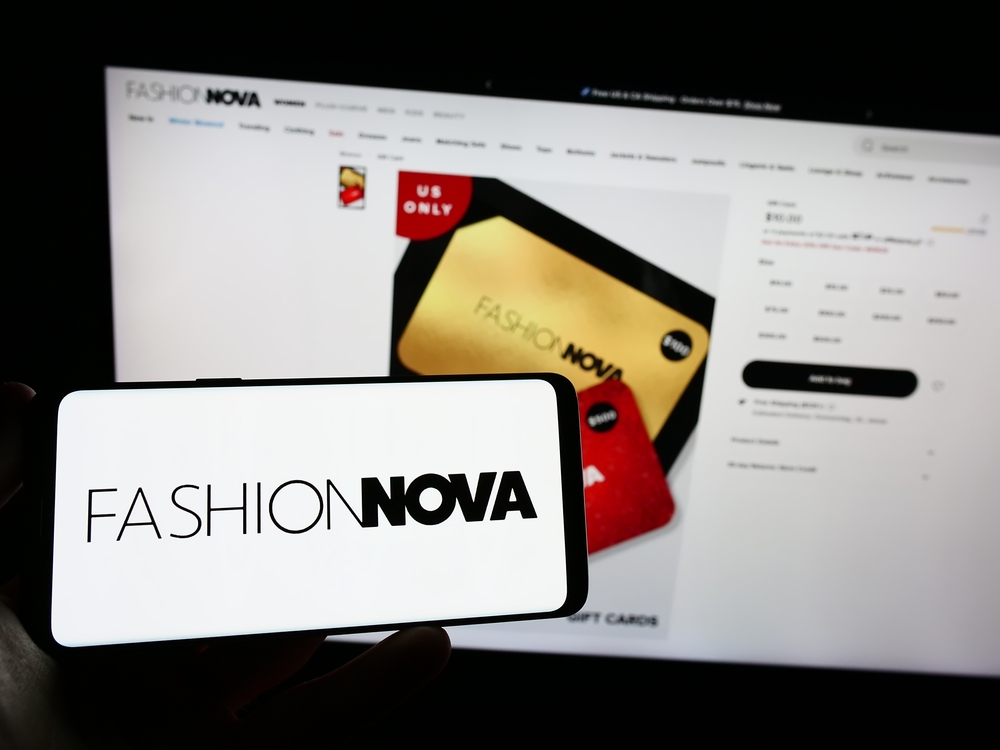If you've ever struggled to navigate a website because it wouldn't work with your screen reader, you’re in good company. And if that website was Fashion Nova's, you might be entitled to compensation.
Fast-fashion retailer Fashion Nova has agreed to pay $5.15 million to settle a class action lawsuit that claimed its website was unusable for legally blind customers. This landmark settlement represents one of the largest website accessibility payouts to date.
What Exactly Happened?
If you’re visually impaired, you may rely on screen-reading software to read websites aloud so you can navigate them. However, when a visually impaired individual goes on Fashion Nova’s website, some users say nothing works. The screen reader allegedly doesn’t tell them what products look like, they can't navigate the menus, and they can’t make a purchase.
This is what allegedly happened to plaintiff Juan Alcazar and other legally blind shoppers who are part of this class action lawsuit. They claim they were locked out of Fashion Nova's digital storefront and were unable to participate in the same shopping experience that sighted customers enjoy. The lawsuit argued that this wasn't just inconvenient, but discrimination.
Understanding the ADA and Unruh Civil Rights Act Claims
This lawsuit was not presented as a simple discrimination case. It was built on violations of both federal and California state accessibility laws, creating a powerful legal foundation against Fashion Nova.
Under the Americans with Disabilities Act (ADA), businesses that serve the public must provide equal access to their services, including digital platforms. While the ADA was originally written with physical spaces in mind, courts increasingly apply it to websites too.
But here's where California law really comes into play. The case also invoked California's Unruh Civil Rights Act, which extends further than the ADA by allowing actual monetary damages against businesses that discriminate based on disability. This is likely why the settlement established two different classes of plaintiffs.
The dual-class structure is significant because California's Unruh Act provides financial compensation that federal ADA claims typically can't offer.

Who Qualifies for the Fashion Nova $5.15M Website Settlement?
The settlement divides two groups of eligible participants:
California Class Members: Legally blind individuals in California who attempted to access Fashion Nova's website using screen-reading software between February 26, 2018, and the present day in 2025. These individuals may receive monetary compensation of up to $4,000.
Nationwide Class Members: All legally blind individuals outside California who attempted to access Fashion Nova's website using screen-reading software during the same period. While they won't receive cash payments, they benefit from the website accessibility improvements Fashion Nova has committed to implementing.
Why the difference? It likely comes down to state versus federal law. California's Unruh Act allows for monetary damages, while federal ADA claims typically only result in companies having to fix their accessibility issues without paying damages.
Settlement Benefits and Website Improvements
Beyond writing that $5.15 million check, Fashion Nova also needs to make changes to their website. The company has committed to implementing significant improvements to make the website compatible with screen-reading technology.
These improvements include:
- Proper alt-text for images and graphics
- Keyboard navigation functionality for users who can't use a mouse
- Screen reader-compatible forms and checkout processes
- Clear heading structures and navigation labels
- Compatible product descriptions and search features
The settlement amount will be distributed after covering legal fees and administrative costs, with California class members potentially receiving up to $4,000 depending on the total number of approved claims.
Fashion Nova's Response
Fashion Nova has denied any wrongdoing in this case and has chosen to settle. However, that doesn’t take away from the fact that this case is the second-largest publicly known web accessibility settlement ever. The largest accessibility case to date is the 2008 National Federation of the Blind v. Target Corp. case, where Target agreed to establish a $6 million fund.
The Fashion Nova settlement sends a clear message to the retail industry about the importance and financial consequences of ignoring website accessibility. As more shoppers head online, businesses face increasing pressure to ensure their digital platforms serve all customers equally.
What Happens Next?
For eligible class members, this settlement will likely provide financial relief and improved website accessibility. The exact payout amounts won't be known until all claims are processed, but even if individual payments are less than the maximum $4,000, they remain an important form of relief. For the business world, this case signals that digital accessibility isn't optional but a requirement.
Frequently Asked Questions (FAQ)
Only legally blind individuals residing in California who attempted to access Fashion Nova's website using screen-reading software between February 26, 2018, and the present qualify for compensation. To be eligible for compensation, you must be able to attest under penalty of perjury that you experienced accessibility barriers while trying to use the website. Visually impaired users from other states are part of the nationwide class but only receive benefits from website improvements, not cash payments.
The claim deadline is October 20, 2025. All eligible California class members must submit their claim forms online through the official settlement website before this date. Missing this deadline means forfeiting your right to compensation from the settlement fund.
While the maximum payout is $4,000 per person, the actual amount depends on several factors. The settlement fund must first cover court-approved attorneys' fees, administrative costs, and class representative awards. The remaining amount is then divided among all approved claimants. If more people file valid claims, individual payments will be smaller. The exact payout amount won't be known until after the claim period closes and all claims are processed.



Add Comment